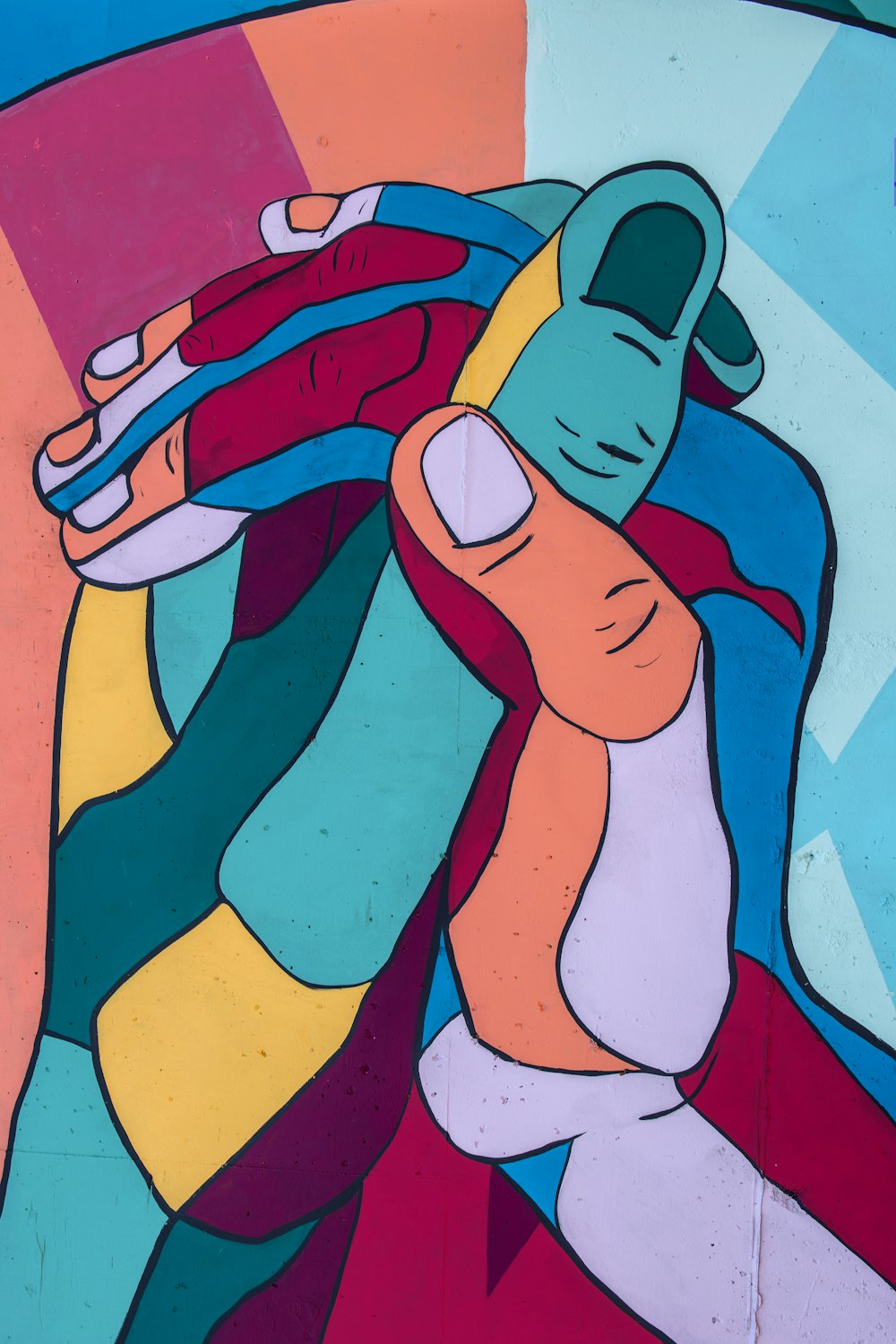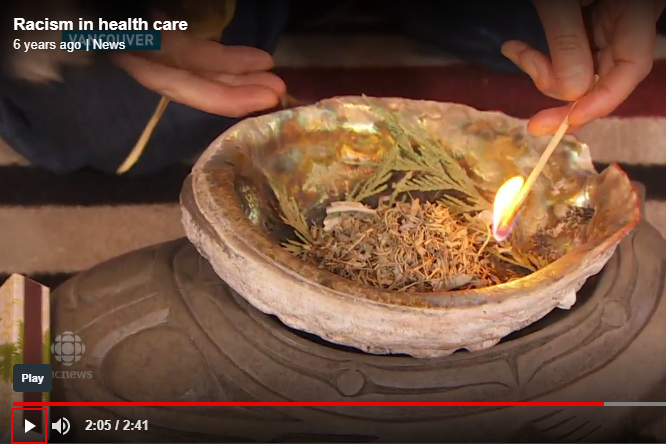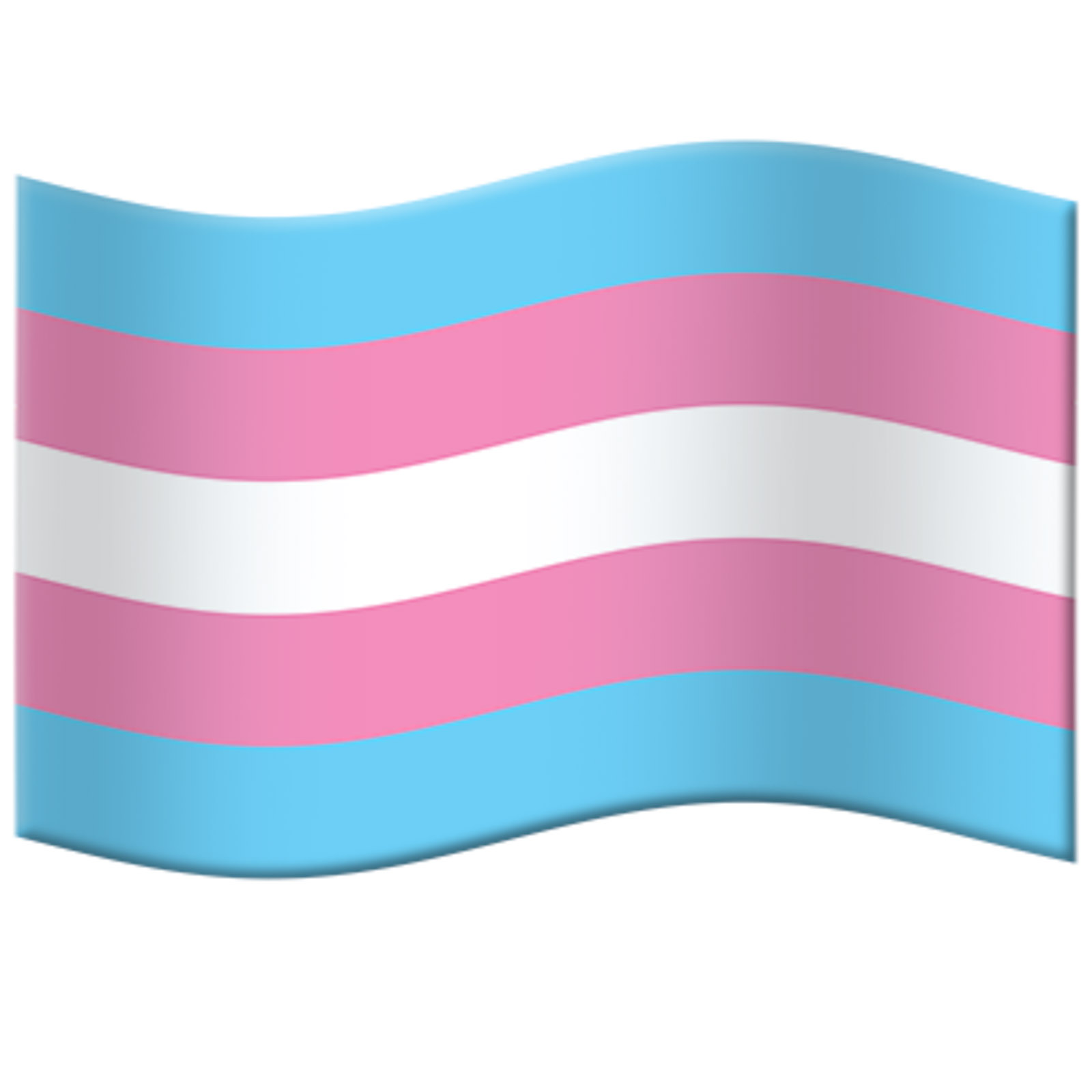Substance Use Series: Layers of Stigma, Racism and Gender Stereotypes
Sept. 2, 2020
Throughout the summer we have discussed stigma in a number of our Substance Use Services blog posts. We examined some of the underlying myths that fuel stigma against people who use drugs, explored three forms of stigma (social, structural, and self-stigma), and we offered a few suggestions for how individuals can adjust their language to help end stigma against people who use substances.
We also touched on the fact that the stigma associated with substance use increases feelings of shame, making it more difficult to reach out for help and (for some people who use substances) making it difficult to recognize risks or problems with their substance use.

Click on the image above to be taken to the PDF of this Government of Canada poster explaining Why Words Matter in ending stigma around substance use. Go to the webpage by clicking here.
It’s important to recognize that people who use substances are not the only group of people who experience stigma. Every individual belongs to multiple people groups and can be the targets of stigma against more than one group at a time.
Stigma and layers of stigma can affect substance use in two directions.
In one direction, stigma may result in more exposure to the risk factors that contribute to problematic substance use, like trauma.
In the other direction, stigma can create fear, hesitation and other challenges that hinder a person’s ability to seek or receive help from substance use services.

It is important to look at what groups of people are the targets of stigma and to use resources to end that stigma, reduce exposure to risks around substance use, and offer everyone more equal opportunities for accessing health care.
This post is going to look at how racial and masculinity stigma impact accessing substance use services. We will not be able to look at every way different stigmas interact in this post. Instead, we will highlight a few examples to show that stigmas do interact. We will be particularly looking at how stigma impacts:

Photo by Tim Mossholder on Unsplash
1. Indigenous people accessing health services
2. Overdose fatalities rates amongst the Fraser Health South Asian community
-
- These two points will include a short list of relevant community resources
3. Overdose fatalities amongst men
4. At the end of the post, we will provide some external sources of information on how substance use policies in Canada and the USA have been used to promote racist agendas contributing to systemic racism and stigma
The groups mentioned in the post are by no means the only groups negatively affected by stigma or layers of stigmas. The examples are meant to highlight the fact that layers of stigma add additional risks to substance use and barriers to accessing help, not to say these are the only groups experiencing stigma.
1. Racial Stigma Against Indigenous People in BC Health Services
In our first post about stigma we used the Canadian Government definition, “negative attitudes and beliefs about a group of people due to their circumstances in life. It includes discrimination, prejudice, judging, labelling, isolating and stereotyping.” Using this definition, we can see that racism is a form of stigma based on the circumstance of being born a member of a racialized group.
 On June 19, 2020, the BC Minister of Health announced an investigation into racism against Indigenous people throughout BC’s health authorities. The investigation was prompted by complaints lodged by Indigenous people detailing racist treatment received in hospitals. Although this is a new investigation, racism against Indigenous people in health care is not a new issue. Six years ago, CBC posted this news story on the topic: https://www.cbc.ca/player/play/2651821688/
On June 19, 2020, the BC Minister of Health announced an investigation into racism against Indigenous people throughout BC’s health authorities. The investigation was prompted by complaints lodged by Indigenous people detailing racist treatment received in hospitals. Although this is a new investigation, racism against Indigenous people in health care is not a new issue. Six years ago, CBC posted this news story on the topic: https://www.cbc.ca/player/play/2651821688/
Fear of racial stigma is a significant barrier for many Canadians accessing health and substance use services. The executive director of the BC Association of Aboriginal Friendship Centres, is quoted in a Tyee article as saying:
“We know that our people avoid hospitals because we are afraid of having a discriminatory encounter … This happens to the point where Indigenous people end up in emergency with extreme diagnosis, like cancer.”[1]
If people fear that they are going to be treated poorly, judged, and not listened to at health and substance services, it is unlikely they will utilize these services.
In the following TedTalk (16mins) Indigenous Cultural Safety Coordinator at Fraser Health, Len Pierre, speaks to addressing stigma against people who use substances from a Decolonizing lens. Len is Coast Salish from Katzie First Nation.
While Deltassist strives to create a stigma free environment for everyone, the following three resources are specifically for Indigenous people and are available to Delta residents.
Fraser Health Aboriginal Mental Health Liaison: For Indigenous people who would like support accessing mental health and/or substance use services operated directly by the Fraser Health Authority, there is an Aboriginal Mental Health Liaison worker out of Surrey Mental Health that does outreach to Delta clients (click on the link to read more about the service). The worker is a registered nurse who can attend appointments, help people prepare for appointments, offer supportive counselling, and find other specific and culturally sensitive resources.
- The liaison worker office is located at the Surrey Mental Health building
- 1100-13401 108th Avenue, Surrey
- Their direct number is (778) 288-6043

Click on the image or the link to go to the KUUS-US web site. The BC-Wide crisis line is 1-800-588-8717
Indigenous Harm Reduction Outreach and Counselling Program: Indigenous residents of Delta can also access substance use outreach and counselling through this program by the Fraser Region Aboriginal Friendship Centre Association (FRAFCA). Find out about their other programs at their website: https://frafca.org/
- The FRAFCA office number is (604) 923-1166
- Email: addictions.specialist@frafca.org
- Klahoweya Centre: A101-10095 Whalley Blvd, Surrey BC
Kuu-us Crisis Response Services Line: is a 24/7 crisis phone line for all ages operated by First Nations people for First Nations people throughout BC.
- https://www.kuu-uscrisisline.ca/
- 1-800-KUU-US17 (1-800-588-8717)
2. Fraser Health’s South Asian Community
The Fraser Health Authority has indicated another circumstance where racial stigma and substance use stigma are layering to create a significant gap in health equality is amongst South Asian men who use drugs[2]. Between 2015 and 2018 the rate of overdose deaths in the South Asian community went up by 255% while the rate among other residents of the health region only increased 138%[3]. The increase in South Asian fatalities consisted almost entirely of men.
This is of particular concern for the City of Delta which has the third largest South Asian community of the municipalities within the Fraser Health region. The percentage of Delta residents who identify as South Asian is 20%, just below Abbotsford at 25% and Surrey at 33%[4].

The South Asian community in the Lower Mainland is an incredibly diverse group, encompassing people whose ethnic origins are from various nationalities, different language groups, and a variety of religious traditions. The community includes people who are 4th and 5th generation Canadians as well as recent immigrants and people whose families may have lived outside of South Asian for several generations before moving to Canada (such as Fijian or British South Asians). It is important to note that within specific groups of South Asians, experiences of stigma may be very different.
Having resources where one can find services in their preferred languages and where service providers understand the nuances of religious beliefs and traditions is integral to engaging everyone in health services.
The following Global News story from 2018 speaks to some of the issues faced by Fraser Health residents with South Asian heritage and also introduces the Roshni Health Centre in Surrey. The Roshni clinic is specifically designed to connect South Asian people to various kinds of substance use services including medical treatment, support groups, and Opioid Agonist Treatment. See their contact information under the video in the resource section.
Resources designed to meet specific needs of South Asian residents of Delta include:
The Roshni Clinic: This health centre in Surrey is specifically designed to connect South Asian people to various kinds of substance use services including support groups and Opioid Agonist Treatment. Services are provided in English, Punjabi, and Hindi, and are open to all those who self-identify as South Asian including those of Punjabi, Indian, Bangladeshi, Fijian, and Pakistani descent.
- They are located at the Quibble Creek Sobering and Assessment Centre:
- #102 – 13670 94A Avenue, Surrey
- Phone: 604-580-4950
Deltassist Family and Community Services Society: Deltassist is able to offer Substances Use Services in Punjabi as well as English. Call our Substance Use Services line at (604) 594-3455 ext. 108.
* We used this example of layered stigma because Fraser Health has published literature[5] documenting the rise in overdose deaths in the South Asian community. It does not mean that the community is using opioids more than the broader Fraser Health Community, it only shows that South Asian (men in particular) are currently over-represented amongst overdose fatalities. We want to acknowledge that racial stigma is also likely affecting other racialized communities similarly.
3. Macho-ism and Stigma around Masculinity
Men represented 81% of overdose deaths in 2018.
Additionally, talking about emotions is often seen as “female behaviour”. Stigma based on gender roles and perceived negativity around engaging in behaviour thought to be effeminate may inhibit some men from talking about emotional struggles with friends and professionals.
A British Columbia government web page quotes UBC professor Dr. Bilsker as saying:
“Our society tends to reinforce men for avoiding seeking help, isolating themselves when they’re distressed, and using alcohol to sooth themselves”.
To read more about the topic of men and the overdose crisis see the whole article by clicking here.
Because many of the men in the age group do not regularly access health services, health authorities in BC are branching out to work with promotion of overdose prevention within the Trades and Transport unions and industries. The Trades and Transport industry has been shown to be the industry with the highest number of employees who are experiencing overdose[8].
Male substance users are not the only group of people who use substances to be negatively affected by gender stigma. The situation we have touched on above is specific to how men are over-represented in overdose deaths in the Fraser Health Region. There are significant gender stigmas that affect women, transgender, and non-binary folk and these stigmas impact how people belonging to these groups access health and are exposed to substance related risks (including risks of overdose).

It’s important to realize that different substance issues affect communities differently.
- Canada-wide studies have shown that White Canadians have 3.5X higher rates of high alcohol consumption (4 or more drinks in one sitting for women and 5 or more for men) than among East/Southeast Asian, South Asian, and Arab/West Asian Canadians[7].
- Additionally, contrary to stigma suggesting people who have a problem with substance use are poor or do not work, statistics in Canada show high alcohol consumption increases with income level. Read more here or click the image below to see the larger PDF publication by the Public Health Agency of Canada.

4. Layers of Stigmas at a Systemic Level
Like stigma, racism and macho-ism exist at systemic as well as interpersonal levels. When people are stigmatized at one government service (like a health authority) they may fear stigma at other government services. In this way, the North American history of racialized drug policing has also affected the accessibility of health service to racialized groups, particularly Black and First Nations People.
Examples of this kind of racial bias in policing have been more commonly discussed in accounts of US history. Below is a video (3:50mins) from the U.S.-based Drug Policy Alliance, reviewing a few historical examples of racial policing in the USA. An accompanying article can be found at https://www.drugpolicy.org/issues/race-and-drug-war
For Canadian context, see this 2017 episode of the CBC podcast “On Drugs”. You can listen to the podcast or read the accompanying article on the CBC website at:
https://www.cbc.ca/radio/ondrugs/drugs-what-s-race-got-to-do-with-it-1.4206616
The podcast can also be found on most Apple and Andriod podcast apps by searching: On Drugs CBC.
The good news is that by addressing stigma in one service we start to put pressure on other services to end stigma, whether that is stigma against people who use substances, racial stigma, or stigma related gender identities. By speaking out against stigma we change cultural attitudes and help make substance use and other health services more accessible to everyone.
[1] https://thetyee.ca/News/2020/06/19/BC-Investigates-Racist-Games-ER-Rooms-Indigenous-Patients/
[2] https://www.fraserhealth.ca/-/media/Project/FraserHealth/FraserHealth/Health%20Professionals/MHO%20updates/2020_0618_FHA_CMHOReport
[7] https://www.canada.ca/en/public-health/services/publications/science-research-data/inequalities-high-alcohol-consumption-canada-infographic.html
[8] https://www.fraserhealth.ca/-/media/Project/FraserHealth/FraserHealth/Health-Topics/Overdose/20180122_hidden_epidemic_overdose_emergency.pdf









